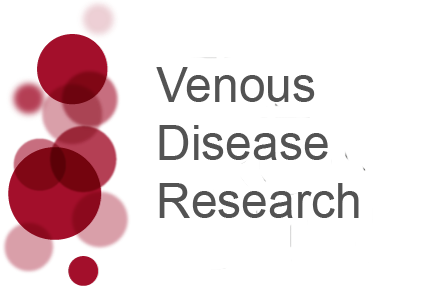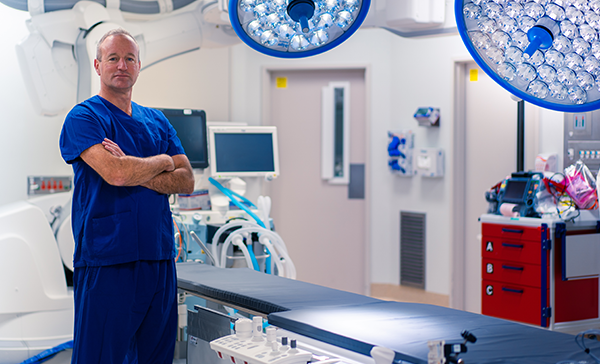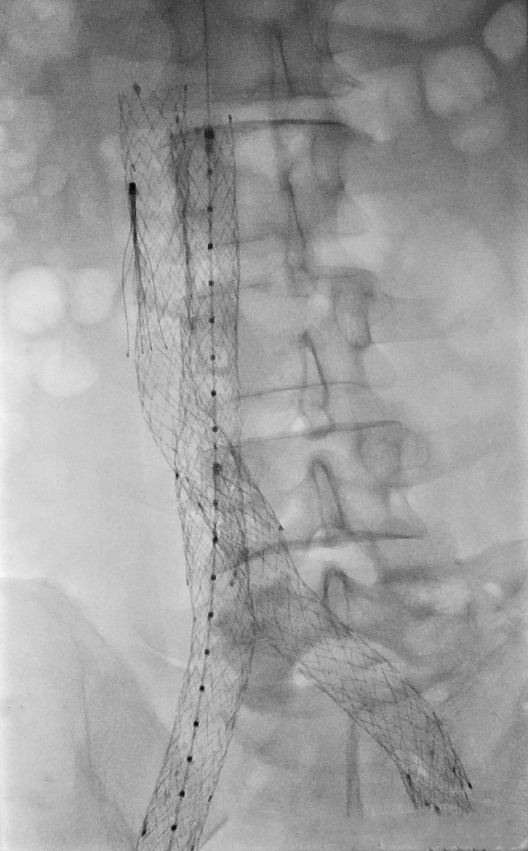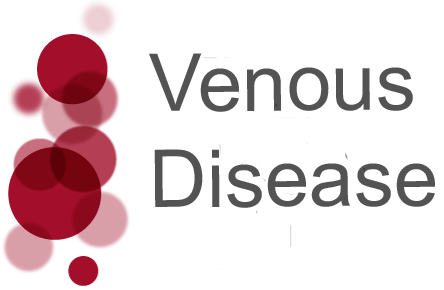Welcome to Venous Disease
The venous disease research and registry
Veins are thin-walled structures inside of which a set of valves keeps blood in the body flowing in one direction. The heart pumps oxygen-rich blood to the body’s tissues through thicker-walled arteries; the veins return that blood to the heart. Veins located close to the surface of the skin are called superficial veins and the veins found in the muscles of the arms and legs are called deep veins.
Damaged vein walls hinder the circulatory system, allowing blood to collect and flow in a retrograde (backward) fashion when the muscles relax. This creates an unusually high pressure buildup in the veins. This buildup causes further stretching and twisting of the veins, increased swelling, more valve incompetence, sluggish blood flow and potential blood clot formation. Eventually, this condition can lead to various disorders known as venous disease.
Venous disease is quite common. Approximately 15 percent of the population is affected by varicose veins, which generally do not pose great health risk. However, thrombophlebitis can be much more serious, even life-threatening, affecting millions of people each year.
Varicose Veins
Varicose veins are twisted, swollen veins near the surface of the skin and occur when weak or defective valves allow blood to flow backward or stagnate within the vein. Chronic obstruction of the veins can also cause varicose veins, but in most cases no underlying abnormality can be identified. Varicose veins are quite common, though women are affected twice as often as men. Usually appearing in the legs, varicose veins may also occur in the anus, where they are known as hemorrhoids. While not a serious health risk, varicose veins can be eliminated for cosmetic reasons or if they cause discomfort.
Superficial Thrombophlebitis
Thrombophlebitis is the inflammation of a vein (usually in an extremity, especially one of the legs) that occurs in response to a blood clot in the vessel. When it occurs in a vein near the surface of the skin, it is known as superficial thrombophlebitis, a minor disorder commonly identified by a red, tender vein.
Deep-vein Thrombophlebitis
Deep-vein thrombophlebitis (affecting the larger veins farther below the skin’s surface) is more serious. It may produce less-pronounced symptoms at first (half of all cases are asymptomatic) but carries the risks of pulmonary embolism (when the clot detaches from its place of origin and travels to the lung) and chronic venous insufficiency (impaired outflow of blood through the veins), resulting in dermatitis, increased skin pigmentation and swelling.

Symptoms
Symptoms of venous disease include:
- Varicose Veins: enlarged, swollen, knotted clusters of purple veins; edema (swelling in the legs); aching or a sensation of heaviness in the legs; itching skin above the affected veins; skin discoloration and ulcers on the inner aspect of the ankles (in advanced cases).
- Superficial thrombophlebitis: a red, engorged, cordlike vein, associated with localized swelling, pain or tenderness.
- Deep-vein thrombophlebitis: generalized swelling, warmth and redness in the affected limb; distention of superficial veins; bluish skin color in the limb or toes (cyanosis); and rarely, fever and chills.

